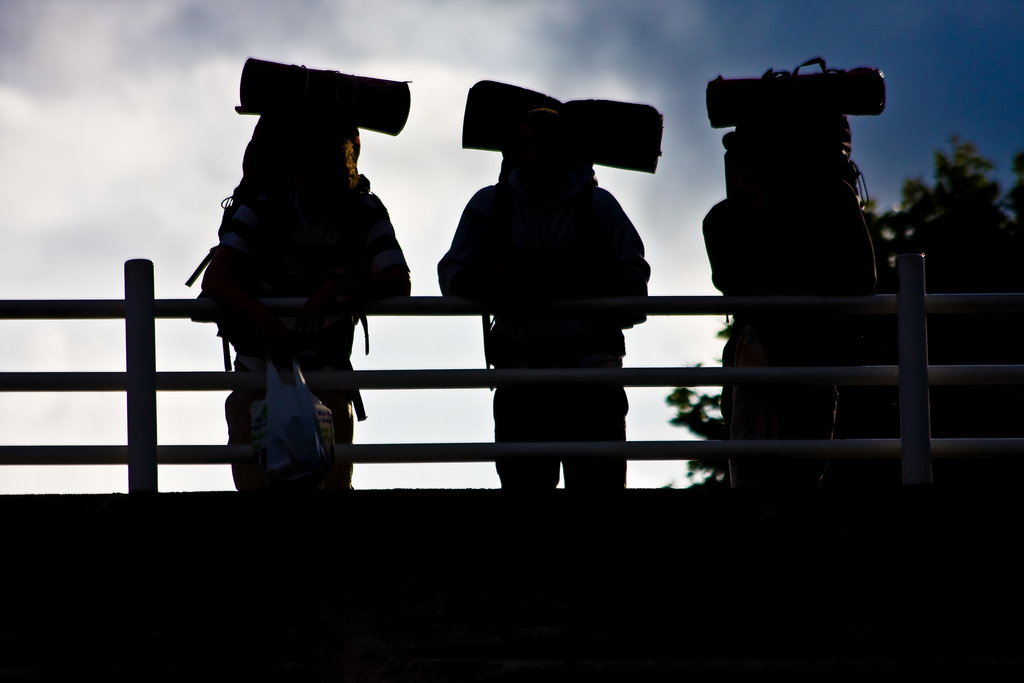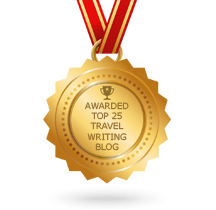In travel writing, details are everything. What good is it to describe a paradise beach if you neglect to mention the giant development looming up behind it? Why write about toe-curlingly expensive haute cuisine if your audience are budget travellers? How can you justify promoting cheap off-season travel if you don’t mention the monsoons?
We have discussed a number of travel writing tips and techniques in the past on our blog, from crafting a winning opening all the way to ending with a bang. But today, we’re offering a much broader piece of advice; one that can be put into practice at every stage of your writing journey, from pitching and research through writing and editing.
Be specific.
The fact is, specificity is key throughout the writing process, from identifying your target audience to conducting research to telling your story. Here are just some of the ways in which it pays to be specific in your travel writing.

1. Be specific in your targets
Before you even begin tapping away on that keyboard, it’s imperative to know who you are writing for. In fact, this is something you should be aware of before you even pitch. That way, you can have your reader’s best interest in mind from the get go.
Backpackers aren’t after the same things as first-class travellers, just as the interests of stag parties and families will rarely align. Of course, the target audience isn’t always as finely determined as this – it may be quite broad – but the more you know about your audience in advance, the more you can tweak your writing to cater to them.
For instance, rather than writing a generic article about spring breaks, NY Times produced two articles, each oriented to a specific target audience: “Last-Minute Spring Break Trips, Away From the Party Set” and “Spring Break for Families”. Which brings us in nicely to our next point…
2. Be specific in your headline
The headline is the place to get to the guts of your piece. It’s important to be specific here. With potential readers bombarded on a daily basis by hundreds of pieces of content, you need to provide them with enough information to discern quickly whether the article is something that might be interesting or relevant to them.
For instance, this upfront headline from Travel + Leisure conveys loud and proud what it’s about (the Apple Watch) and who it’s aimed at (travellers): “The Apple Watch is Here—But Should Travelers Buy In?”
Of course, you do have the option to use currently-omnipresent clickbait techniques; writing headlines that are intentionally and intriguingly vague. Without the sufficient information necessary to determine what exactly the article is about, readers may click through. But be warned, this will only lead to a high bounce rate, when they discover the topic isn’t what they hoped or imagined it to be.
3. Be specific in your focus
Travel writing should be focused, not general. Your article isn’t a haystack and the reader shouldn’t have to find the needle. There’s little interest in a travelogue about the two weeks you spent travelling around Peru, but writing about one interesting encounter with locals or about a particular experience travelling to lesser-known Inca citadels may be tales worth telling.
Try honing in on one or two particularly telling or revealing experiences, moments or events that may illustrate a larger point about the destination or trip, just as Tom Madge-Wyld does in this article about baseball, rum and camaraderie in Cuba.

4. Be specific in your telling
As a travel writer, it’s your job to transport readers into the thick of it. Your readers are your collaborators and your co-conspirators. Whether trekking through the jungles of Borneo or lolling on some far-flung Madagascar beach, readers should feel like they are by your side.
Travel writers rely on words to convey a sense of place. Don’t be ambiguous or opaque. Avoid using sweeping, catch-all terms. Look for concrete details that capture the sense of a destination. It may be a pattern, a texture, a sound, a smell or a feeling.
In this article by Andrew McCarthy for National Geographic Traveler, it’s the small, solid details that allow us to conjure a vision of Kerry — and ultimately transport us there: “Near the peak, jagged slabs of sandstone shoot up out of the ground like primitive grave markers. A single raven circles above, then rides a thermal west, over the Black Valley, the last place in Ireland to get electricity and phone service, due to its remoteness, in 1978. The Dingle Peninsula comes into view, jutting out into the Atlantic, before being lost in distant haze.”
5. Be specific in your research
No matter how well you know a destination, don’t rely solely on your own knowledge – always bolster this with research. Knowing more about the culture and history of a region can be hugely beneficial to your travel writing, even if all the bits and pieces you learn don’t make it into the final copy.
For instance, if you have tasted finnbiff (reindeer stew) in Norway, don’t just say what you thought of it. Conduct some research into the origins of the dish and contact local chefs to learn how regional recipes vary. Then use this additional information to make a more rounded and accurate piece. In this article on climbing to Mt Everest base camp, the writer enhances their account through research, offering tips about kit, safety advice and pricing.
Look for more expert travel writing advice? Follow us on Twitter, where we share writing tips and techniques, as well as our latest travel articles and other travel-related tidbits. Or read more of our travel writing tips here.
—
Backpackers CC image courtesy of Garry Knight (Flickr); Red leaves CC image courtesy of Tambako the Jaguar (Flickr)

Thanks Mandy, this is really good advice. Tried to follow those rules also in my German Travel report Blog.
Greetings
Lars
Pingback: How to Enliven Your Travel Content - World Words